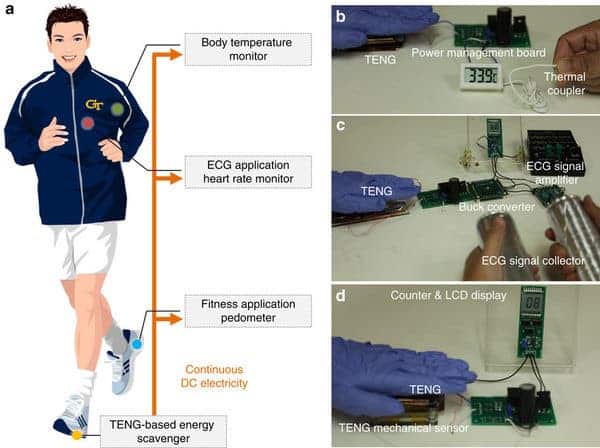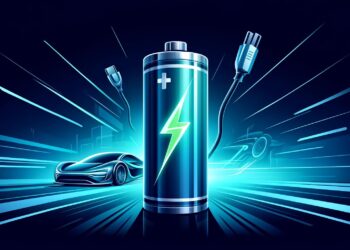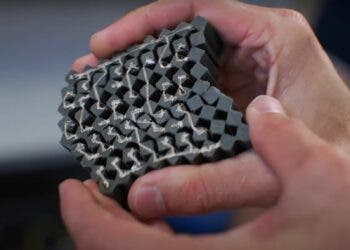Researchers demonstrated a universal self-charging system driven by random body motion. Simply by walking or running, the system uses the tribolectric effect to generate electricity out of physically manipulating two materials with opposing surface charges. The current is enough to power sensors, microcontrollers, memories, arithmetic logic units, displays and even wireless transmitters, the researchers showed. More complicated electronics like smart watches, cell phones, navigation system, tablets, personal computers and sensor nodes in internet of things can also be charged using the same system if high-frequency mechanical agitations are utilized to drastically improve the triboelectric nanogenerators (TENG) output power.
Free energy is everywhere – you just need to know where to look

As wearable electronics and the internet of things become more prevalent, there’s an increasing need for more energy storage on the go. As if it wasn’t enough that now we have to charge smartphones at least once a day, some might also need extra batteries to power smartwatches, heart and blood pressure sensors (the athletes love these) and other gadgets. Instead of buying a massive charging station at home, some engineers are devising alternative means to still enjoy your gadgets, while not having to worry about carrying that many batteries around.
We’re surrounded by ambient energy: mechanical, thermal, chemical, electromagnetic and solar. To name a few ambient energy sources, these include gentle airflow, ambient sound, vibration, human body motion, ocean waves. Strapping a tiny wind turbine (this sounds cool, though) or solar panel on your back doesn’t sound that practical, though.
A group of Chinese researchers have a better idea: use tiny, triboelectric nanogenerators that use contact electrification and electrostatic induction to generate output power in the mW-W range.
The triboelectric effect is well known for many years, but it’s only been recently that scientists and engineers have started exploring its potential. Previously, a group from Georgia Institute of Technology showed how a square meter of single-layer material can produce as much as 300 watts. Elsewhere, University of Wisconsin-Madison researchers empoyed a triboelectric system to harvest 10% of the energy lost by tires to friction.
To embed TENGs into electronic system for practical applications, the team had to overcome some major challenges. Because the mechanical energy source is variable and random, the output of a TENG is in this situation is a pulsed A.C. signal. TENG generate hundreds of volts, but the current is in the order of microamps. The high impedance of TENGs means energy conversion efficiency is very low when using conventional transformers (<1%). Because the TENGs generally do not provide steady energy, these require an energy storage unit (battery) to collect the variable charges, manage them and disperse them in a regulated manner.
Eventually, they overcame these challenges and devised a system that includes a TENG, a power management circuit and a low-leakage energy storage device. The power management circuit was especially important since it’s designed to solve the impedance mismatch problem. The power management circuit can achieve 90% board efficiency and 60% total efficiency, about two orders of magnitude improvement compared with direct charging.

Power electronics with your body
The stack of TENGs presented above collect the energy from human walking and running. No signs of significant degradation was observed after 180,000 cycles. Humidity and moisture have little impact on the performance of the system, the researchers note in their paper published in Nature.


The researchers conclude:
“This self-charging unit is a paradigm shift towards infinite-lifetime energy sources that can never be achieved solely by batteries. The concept proposed in this paper can also be easily extended into other energy harvesters based on piezoelectric and pyroelectric effects. This study overcomes a bottleneck problem towards self-powered systems, which can have broad applications in mobile/wearable electronics, internet of things, remote environmental monitor devices and wireless sensor networks.”






